From an insulin pump that’s the size of a backpack to stem cells hitching rides on what’s the size of a band-aid, diabetes research has come a long way. It is not without tireless efforts from the scientific community, keen investors, visionaries and donors, alike, who have moved the needle.
With research funding, people managing this challenging disease have received tools that help them to live better lives. Every advancement or milestone has elevated our understanding of Type 1, achieved improved management and has gotten us one step closer to an actual cure. That’s why donating to diabetes research is so important — it’s the only way we’ll eliminate this disease.
Diabetes research milestones
The timeline of advancements
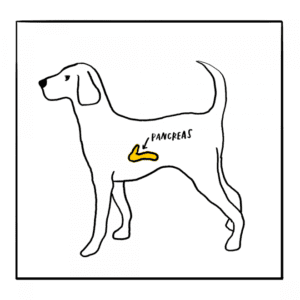
1889: Pancreatic diabetes discovered
Oskar Minkowski and Joseph Von Mering met accidentally in a library in 1889. Striking up a conversation, they began to debate whether the pancreas helped digest and absorb fats. Performing a pancreatectomy on a dog that same night, they found the dog developed glycosuria, a condition associated with diabetes that causes the production of a lot of urine. Minkowski found the urine was 12% sugar. They then depancreatized another dog and found that prevented hyperglycemia.

1921: Discovery of insulin
In 1921, Frederick Banting and Charles Best closed off the pancreatic ducts of a dog then removed the pancreas. They crushed, froze, and salted it. Then they gave this substance to a diabetic dog and found the dog’s blood sugar dropped significantly.
1922: Purification of insulin
James Collip refined Banting and Best’s insulin extraction and purification method. The new substance was tested in the first human in 1922. 14-year old Leonard Thompson was in a critical condition. He was given an insulin injection in his buttocks. This had a negative effect on him and he grew sicker. Collip worked to improve the insulin’s quality and Thompson received another injection soon after. This time, it lowered his blood sugar and saved his life.

1959: Type 1 and Type 2
Solomon Berson and Rosalyn Yalow measured how much insulin was in a diabetic’s blood. This led to the discovery that some diabetics could still make insulin, which split the diabetic world into two sections—Type 1 and Type 2.
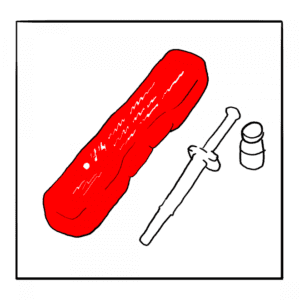
1961: Glucagon introduced
Eli Lilly and Company succeeded in creating a pure form of glucagon, a hormone that elevates blood glucose levels. The introduction of glucagon as an injectable treatment became life-saving in emergency situations of severe hypoglycemia.

1963: The first pump
Designed by Dr. Arnold the pump that looks like a backpack delivers both glucagon and insulin.
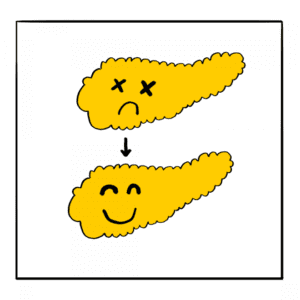
1966: First pancreas transplant
The University of Minnesota Hospital was the first to successfully transplant a pancreas into a human. The success rate of these transplants has increased since then as better surgical techniques and immune suppressant drugs improved.
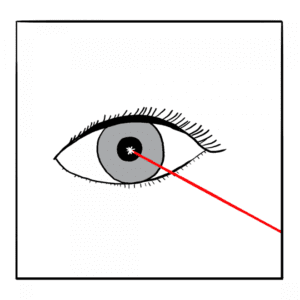
1967: Laser treatment for diabetic blinding
William Beetham and Lloyd Aiello created a laser treatment that, over the next five years, radically changed diabetic retinopathy care.
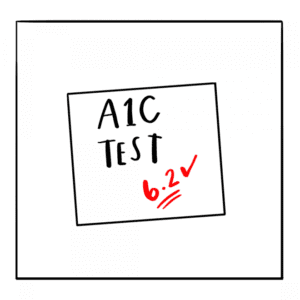
1976: A1C Test developed
Researchers at the Joslin Diabetes Center in Boston perfected the A1C test, which can provide information about a diabetic’s average blood glucose control over the previous 2-3 months.
1978: First human insulin synthesized
Genentech discovered how to synthesize human insulin from E. coli. The scientists had to synthesize genes then put them in the E. coli bacteria. This forced the E. coli to produce insulin chains. Two chains were then combined and a human insulin molecule was made. They turned each individual bacterium into a manufacturing plant for human insulin.
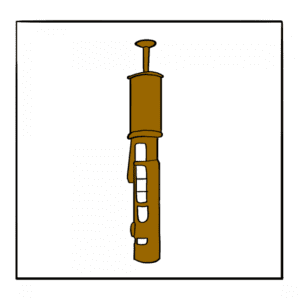
1986: Insulin Pen
Insulin pens were introduced, replacing disposable syringes. Now diabetics could vary their dose. The pen also gave them more privacy as it was less obvious what the pens were for.
1990: Insulin external pump
These pumps continuously monitor sugar levels and allow the wearer more freedom and control over their sugar levels.
1999: First continuous glucose monitor (CGM)
MiniMed received FDA approval for the first CGM device in the USA. The company was later bought by Medtronic. Initially, it was called a “retrospective CGM device” and was meant to look back at a 72 hours monitoring of blood sugars.
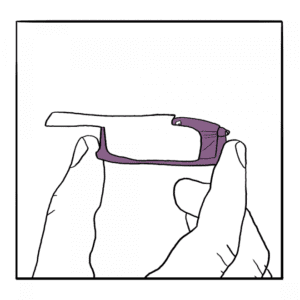
2006: First inhaled insulin is FDA approved
Exubera was the first inhaled insulin. It was put on the market in 2006 but taken off in 2007 due to low sales. Since then researches have created Affreza, an improved version that hit the market in 2014.
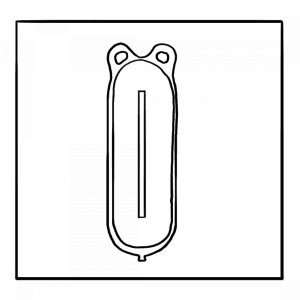
2014: Stem cell islets implant
Viacyte created a therapy called VC-01, which implants a collection of young stem cells in an immune-protective container under the skin. The young stem cells develop into insulin-producing cells that release insulin when the body needs it.
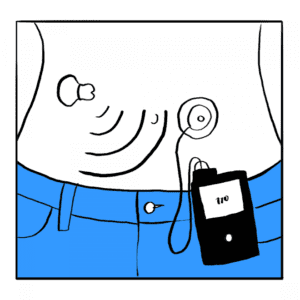
2016: Hybrid closed-loop system
Medtronic receives FDA approval for the first hyped closed-loop system which connects CGM and insulin pump. It learns what an individual’s insulin needs are and takes action to minimize both high and low glucose levels. It delivers variable insulin 24 hours a day.




